Oeko-Tex is one of the more common certifications when it comes to product safety, so it’s important to know what it certifies and how Oeko-Tex certified products are different than others on the market.
As you start to learn more about natural and organic products, you definitely learn more about how manufacturers make products and consumables. Luckily, the higher demand for clean products has led to a higher output of cleaner production and manufacturing. You’ll see a lot of Oeko-Tex certified products from clothing and bedsheets to plush toys and baby blankets.
So what does it mean? Does it make a product safer and healthier for your family? I’ve put together a complete guide to help you navigate all things Oeko-Tex. You might be surprised how valuable this Oeko-Tex label is!
What is Oeko-Tex?
Established in 1992, the Oeko-Tex Association established itself in response to worldwide product safety concerns. The association uses Standard 100 as the main certification to guarantee products are free of numerous regulated and non-regulated substances harmful to our health. Oeko-Tex also says that in many cases the limit values for the STANDARD 100 go beyond national and international requirements. The criteria for the certification are updated annually to stay up-to-date on any new scientific studies and evidence.
So, when a company claims to have natural or non-toxic products, it can go through third-party testing to validate its claims and gain certification. Products go through pretty rigorous tests to ensure that every part of the product does not contain things like chemicals, pesticides, phthalates, and other substances like arsenic and lead. And yes, every single component is tested! Zippers, buttons, coatings, linings, decorative elements– everything! Products that go through this testing guarantee their items are free of allergenic dyes, pesticides, chlorinated phenols, heavy metals, formaldehyde, and have a skin-safe pH level.
Once the products go through testing, they may be awarded the certification. You’ll find the certification label located on the product description and packaging. You can trust Oeko Tex. For the last 25 years, they have gone above and beyond the legal requirements to be sure that all products are safe.
Related: Austin Air Filter Review: Why it’s a Top Air Filter Pick
Why Oeko-Tex Matters
You might not realize how many times you shop for textiles, but take a look around you. Textiles surround us 24/7. You are wearing some right now as you read this! It’s easy to forget just how important the quality of our textiles can be in our world.
When you purchase everyday clothes, we typically focus on durability, style, or the feel of the fabric. When you pick out cozy bed linens, you might go for fabric that matches your bedroom or feels lovely on your skin.
Once you realize how textiles are everywhere in your world, it’s clear that we need safe, top-quality fabrics that are free of chemicals and toxins that could be harmful to our health.
Because the skin is permeable, you can absorb harmful chemicals when in direct contact with your skin. That’s one of the reasons why you always should wash your new clothes before wearing them. This certification guarantees that clothing and textiles do not contain dangerous chemicals and that they are safe for your family.
Oeko-Tex Standard 100
As mentioned, Oeko-Tex Standard 100 checks for harmful chemicals and heavy metals in apparel and other textile products. This standard is an international lab testing and certification system that applies to both fabrics and finished clothing.
Standard 100 includes the following:
- All legal regulations. This includes things such as nickel, cadmium, pentachlorophenol, formaldehyde, and banned Azo products.
- Unregulated, harmful chemicals
- Environmentally relevant substance classes.
Standard 100 sets the bar higher than other states and government agencies. When you see this certification, it means that it’s matching some of the highest standards available.
What Does Oeko-Tex Test for?
To receive this certification, the fabric needs to be tested and certified free of more than 100 substances known to be harmful to human health. These substances include:
- Lead
- Arsenic
- Chlorinated Phenols
- Carcinogenic Dyes
- AZO Dyes
- Allergy-Inducing Dyes
- VOCs
- Formaldehyde
- Pentachlorophenol
- Cadmium
- Nickel
What Products Can Have the Oeko-Tex Certification?
This certification is applicable to most types of textile products and not just clothing textiles. Oeko-Tex separates the products that can have this certification into four classes.
- First Class: Textiles for babies (0-3 years old).
- Second Class: Underwear, t-shirts, socks, and beddings that have direct skin contact.
- Third Class: Jackets, coats, and other clothing without direct skin contact.
- Fourth Class: Furniture and other home textiles, such as curtains, sofa covers, cloths, etc.
That’s not a full list of applicable items. It also applies to zippers, prints, sewing threads, and other non-textile components. In general, examples of articles that can be certified Oeko-Tex include:
- Raw and dyed finished yarns
- Woven and knitted fabrics
- Ready-made pieces of various types
- Bed linens
- Terry products
The Oeko-Tex Certification Process
Both the Oeko-Tex process and the criteria also have global validity. That means it doesn’t matter where the products are manufactured or where you buy them. Oeko-Tex will mean the same thing.
Note that neutral facilities carry out all testing and certification. All of the items are subject to random testing after certification in the framework of product checks. In order to get the certification, here are the steps.
- The company must fill out a lengthy application form that indicates you fulfill the criteria of Oeko-Tex Standard 100. This form details all of the components and materials of your textile products used.
- Then, the third-party institute will get ahold of the company to continue the process of studying and testing the products for chemicals and toxins.
- This third-party institute examines all of the documents and tests the articles according to Standard 100.
- If the product passes through the detailed lab testing, then the manufacturer receives the Standard 100 certificate along with a detailed report from the third-party testing institute.
- An Oeko-Tex expert visits your site to be sure all of the details are corrected and confirmed. This happens either before or right after your certification.
- You must be sure to send products to be tested yearly because the certificate can only be displayed on your product for 12 months.
What Does Oeko-Tex Not Mean?
While Oeo Tex proves their certification is vital for consumers, it’s not the end-all-be-all of the standards. For example, this certification doesn’t mean a product is organic. That said, just because a product is organic, doesn’t mean it is also Oeko-Tex certified and vice versa!
What is the Difference Between Organic and Oeko-Tex?
The easiest way to explain the differences is that organic certification is all about how the raw materials for your fabric are grown. Organic certification means that the contents are grown according to strict guidelines which exclude the use of petroleum-based fertilizers, pesticides, and synthetic products. To be certified organic, fabrics, such as cotton, bamboo, wool, hemp, flax, and other natural fibers are grown and produced under these strict standards. Such certification is commonly known as the GOTS (Global Organic Textile Standards).
The Oeko-Tex certification includes how the fabric is processed, including things such as the dyes and finishes. These fabrics and textiles are certified free of harmful chemicals and are safe for human use.
Related: 20+ Certified Organic Baby and Toddler Clothing Brands
Final Thoughts on Oeko Tex Certification
We want the best for our children and family, and that means we need to take into serious consideration the quality of all the textiles we bring into our homes. To be sure that they are safe and won’t cause toxins to seep into your body, I always recommend you look for the Oeko-Tex certification on the label. That’s one way that you can be sure all of the textiles you buy are safe and without harmful chemicals.
Find product recommendations here:
- The Gentle List: Brands I Love and Recommend
- The 15 Best Certified Organic Crib Mattresses for Babies
- The Best Organic Nursing Pillows for Breastfeeding Mamas
FAQs
More questions about Oeko-Tex? Read on!
How do I make sure the label is valid?
If you’re unsure about an Oeko-Tex certification, you can look up that label here. This can be particularly useful if you’re purchasing an item online and want to make sure the description of the product is accurate. And of course, can’t hurt to check, even for in-store items with the tag.
What is the meaning of the four product classes of STANDARD 100 by OEKO-TEX?
As mentioned, the different classes are segmented according to their purposes. This is incredibly useful as you can be sure the most sensitive individuals (babies, for example) mean the standards are stricter. According to Oeko-Tex, babies require special criteria so the class I standard is very stringent. For example, when a baby drools or sucks on textiles, you want to make sure that the fabric dye or color won’t come off in their mouths. The Oeko-Tex standard ensures that doesn’t happen!
Which is better, organic or Oeko-Tex?
Both GOTS and Oeko-Tex are great certifications. That said, it’s important to be informed and realize that organic products haven’t necessarily been tested or certified for harmful substances, and Oeko-Tex products haven’t necessarily been grown without fertilizers and pesticides. In my opinion, it is ideal to have both certifications! That said, it’s not always possible. Both are worthwhile certifications and are steps in the right direction when it comes to non-toxic living.
Do you strive to purchase Oeko-Tex textiles for your home? I’d love to know some of your favorite Oeko-Tex certified products! Links please 🙂

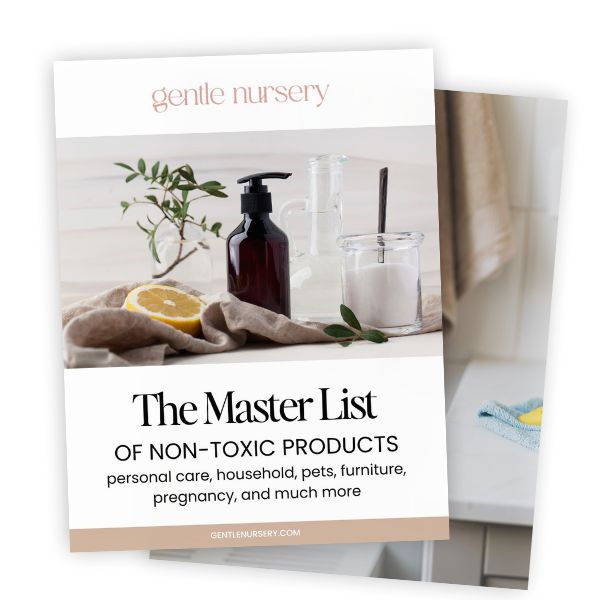

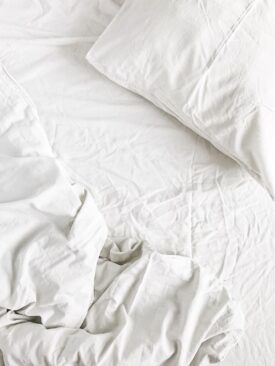
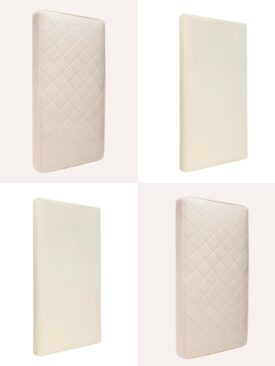
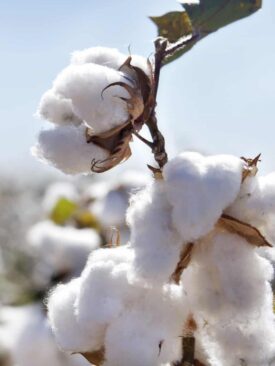
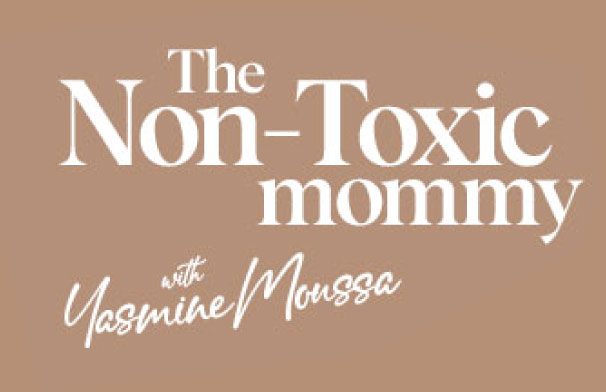


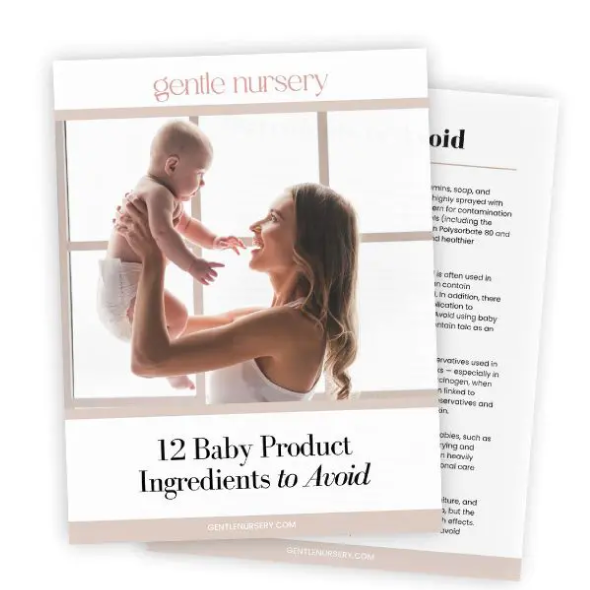
Leave a Reply